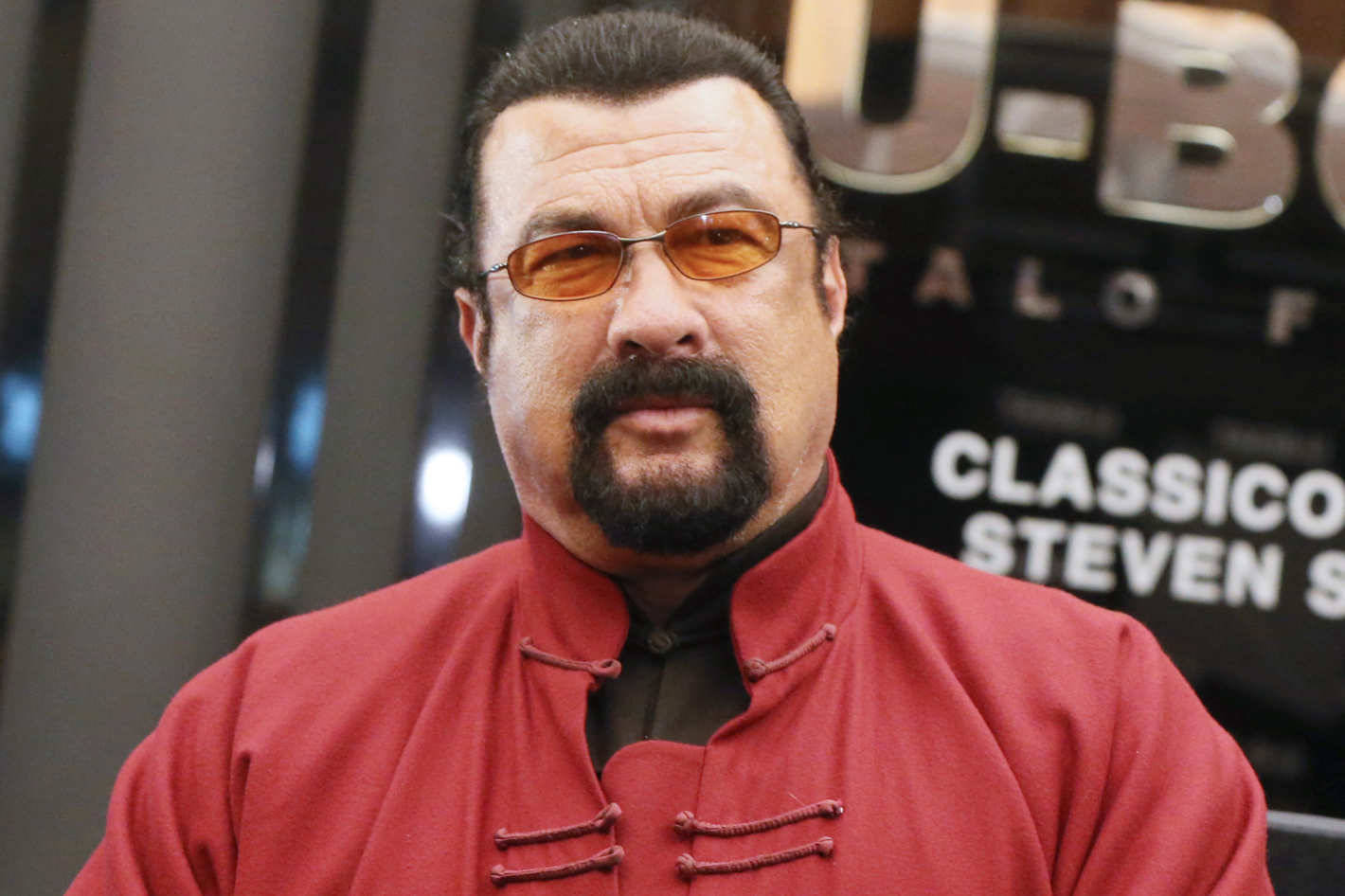Why Do Even Pros Miss the Hoop? The Science Behind Foul Shots

Basketball pros spend hour upon hour shooting hoops. They know exactly how to hit the target… and, in practice, they hit the target pretty much every single time. So why is it that they achieve less than 95% accuracy on game day? According to the leading sports science experts, even the most accomplished, sought-after basketball players can crack under pressure when faced with a game-winning shot. And while fatal missed shot here, and there can make for some great game tension, for the pros, it’s pretty much the worst thing that can happen. But what can they do to maintain their cool and prevent choking? According to sports scientists, there could well be.
Is There a Science Behind Choking?
Science without facts, data, and tangible terms, isn’t science. So, it seems somewhat ironic that Sian Beilock, a renowned cognitive science, would use the term “choking under pressure expert” to describe herself.
However, as it transpires, choking is a fundamental element of brain science, and many researchers are dedicating their careers to understanding the factors that cause choking and what steps people can take to avoid it.
Of course, it isn’t just sports athletes who are affected by choking. It can plague people when they are taking tests, giving presentations, and even going on dates! However, Beilock’s specific area of expertise is focused on free-throw percentages. We’ll come back to that in due course.
However, before we can get our heads around how even the most highly trained sports stars can miss on the free flow line, it’s first important to understand the simple science associated with trying to score a hoop.
In the game of basketball, the player stands on a free-throw line that is 15 feet away from the basket, which is positioned 10 feet above group. The distances are always the same, and there are no opponents involved in this particular moment.
When playing in a college or pro game, the player has second seconds to take aim and shoot. The majority of school-age children are capable of hitting the target. So why is it that pro players from the NCAA, WNBA, and NBA have a combined success rate that averages around just 70%? In fact, even the most notable players, such as the retired NBA player Steve Nash, achieve a free throw success rate of around 90% during their careers.
The Science Behind Missed Hoops
In an article that was published in Wired, NC State professor Larry Silverberg quite nicely described the public’s shock that more professional basketball players don’t hit every single hoop: “You just walk up to the line, and it’s the same for every player,” he said.
In a bid to take a free flow, a player has four basic mechanisms to take into consideration: angle, which involves aiming the ball such that it is aligned with the hoop center; the initial velocity of the ball; the backspin required to ensure that the ball connects with the rim of the hoop in a controlled manner; and the arc, which requires the player to achieve an arc that lies between 45 and 56 degrees, depending on the player’s height.
Steve Nash contributed his views to the same Wired article, speculating that those players who fail to exceed a 50% success rate at the free throw line (Shaquille O’Neal being a notable example: “Probably don’t have the best technique, they probably don’t take the most pride in it or practice as diligently as they should.” He went on to add: “And lastly some people emotionally, especially if you haven’t done the work, it’s gonna affect your technique more.”
And therein is the main problem; the issue that repeatedly emerges in the work of Beilock and other researchers who specialise in cognitive sports science: Players are humans with real emotions and fears, not machines. In their capacity as human entities, players suffer from what Beilock refers to as “paralysis by analysis.” So, what does she mean by this? She means that players can become so concerned with the detail and the technicalities of what they are doing that they lose their capacity to simply get the job done.
How to Avoid Choking Under Pressure
According to Beilock, the best way to avoid paralysis by analysis is to practice in exactly the same conditions you will experience when taking that all-so important shot. “The idea is to get used to how you’ll feel and how your body will react in the moment of pressure,” she describes. For example, if you may find it difficult to deliver that all-important best man speech in front of some of your most boisterous friends, practice delivering it for them ahead of the wedding day.
Ellen Hendriksen, a clinical psychologist from Boston University published further tips in Scientific American that are all focused on applying basic methods to prevent any emotional feelings you may encounter from undermining something you’ve been working hard toward achieving. “Choking happens in one of two way,” she emphasises. “In conscious tasks where you rely on your brain, worry takes up your bandwidth and makes you choke. In unconscious tasks where you rely on your muscles, thinking overrides the process and, once again, delivers you to Chokesville.”
She bases her advice on methods of avoiding either destiny when encountering pressure on the outcomes of a sports psychology study that was performed by the University of Chicago. She claims that this advice applies to a range of tasks, from delivering a presentation to the board or directors through to taking a penalty in a football final: “If you’re new to something and really do need to think your way through it, take all the time you need,” she elucidated. “If you’re well-practiced, taking your time can lead to overthinking.”
A Player That Doesn’t Miss
So, will this simple advice transform the free throw performance of pro basketball players once and for all? Perhaps not for the men; however, in the case of the female players it looks like that 95% free throw target is very much on the cards. One prime example is that of the WNBA’s Elena Delle Donne, who has already achieved a 93.36 percentage. She attributes her success to a routine that she has consistently followed since she was in eight grade: “Simplicity is what gives me confidence,” she said.







